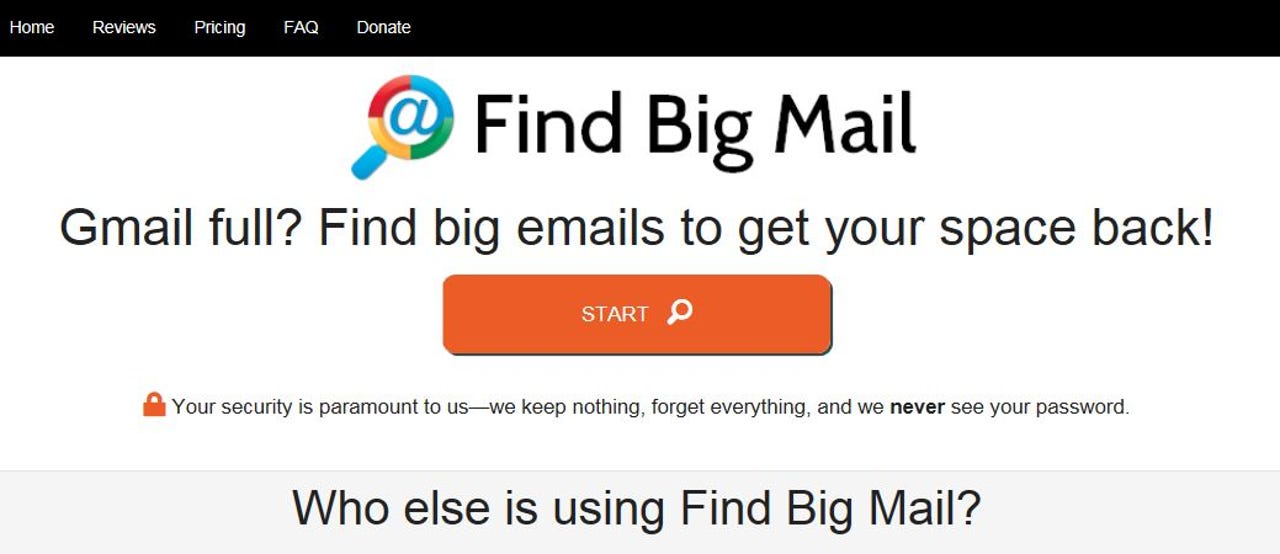How to delete large attachments to save storage space in Gmail


But I don't have so much storage. In fact, I was still using 14.16GB (94 percent) of my 15GB allowance.
Gmail's generous gigabyte of storage was certainly one of the things that attracted users when Google launched it almost a decade ago. However, today's 15GB is spread across email and Google Drive etc, so it's less free space than you get from Microsoft (15GB in OneDrive and at least 5GB for email), and a long way from the free terabyte you get with Flickr and Office 365.
No problem: I've been deleting email for decades. Alas, Google doesn't make it easy.
First, Gmail has extremely limited sorting features, and it can't sort emails by size. That's something proper mail clients could do in the 1980s, and outlook.com can do it today. Second, Gmail makes it almost impossible to delete an attachment without also deleting the email. There are some ways round this, but they're more trouble than they are worth. (The simple way - forwarding a message to yourself without the attachment - loses the original date and the context of the conversation.)
It looks as though Google wants to make me pay, but I won't. Really, I want it to keep its promise about me never having to delete my emails.
When I complained online, a twitter follower kindly pointed me to a web-based service called FindBigMail, which does have a pricing schedule but is currently free. You type in your password (authorize a temporary OAuth token*), then FindBigMail searches your emails and tags the ones that are bigger than 5MB and bigger than 10MB. It also finds the 20 biggest emails.
Then, of course, I realized there must be a way to search messages by size, even if Google wasn't interested in making this readily available to Gmail users. And there is. Searching for size:5m finds all the emails bigger than 5MB, and searching for size:11m finds all the emails bigger than 11MB, and so on. (Sorry, no decimal points allowed.)
In other words, you can easily do for yourself what FindBigMail does for you. It takes a bit longer to do it manually, but you don't have to give FindBigMail access to your mailbox.
It also turns out that you can search for larger:5m and so on, but the results seem to be the same.
As an added refinement, you can add date-related searches. For example, if you want to limit the search to older messages, you can use something like larger:7m before:2012/01/01 or size:10m older_than:1y and so on.
With hindsight, I find that the new search feature was introduced in a very short blog post, Search for emails by size and more in Gmail, in November 2012.
If you missed it too, maybe you will find the information useful in the future. But I hope I don't. Google has bumped up email storage before, and just might recognise that long-standing users are due for another increase.
* The About page says: "We've built the FindBigMail site so that we never see your password or even your email messages. Nobody at FindBigMail.com will ever ask for your password. The service looks only at an email's message identifier and its size and labels each email accordingly."